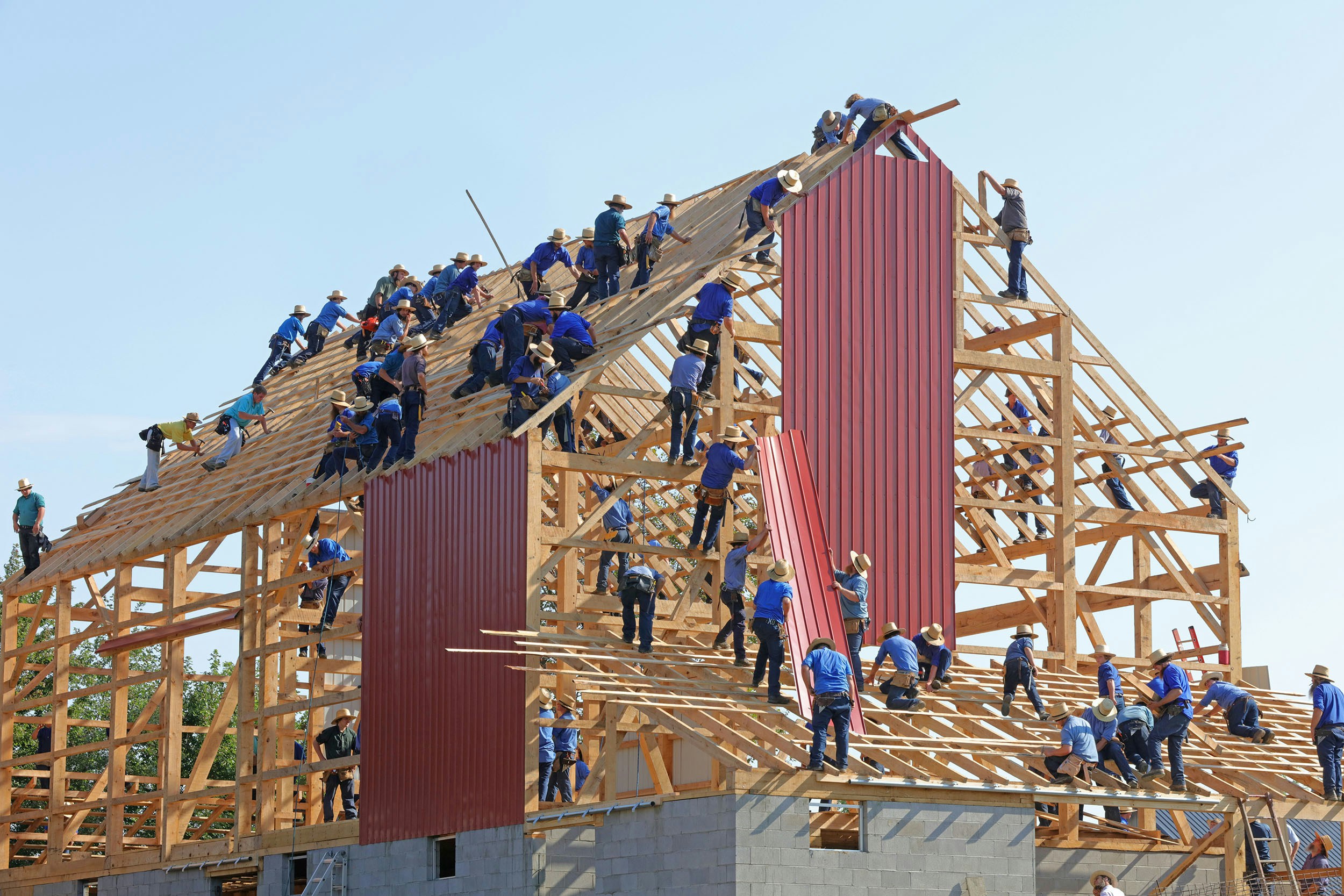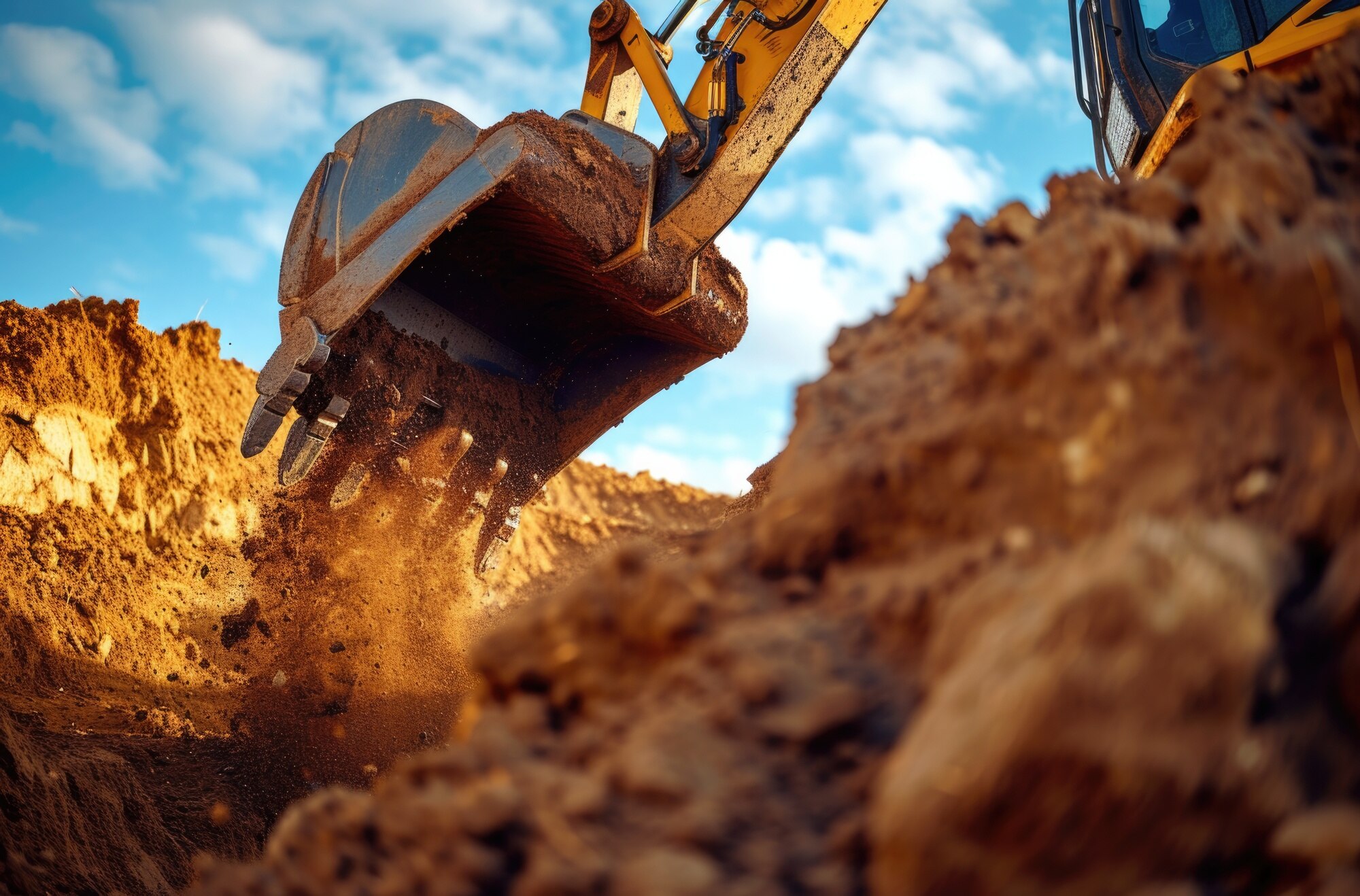Essential Steps for Effective Workplace Risk Assessments
Workplace safety is a critical concern for businesses across all industries.
Effective risk management begins with comprehensive workplace risk assessments.
These assessments are not just a legal obligation. They play a pivotal role in creating a safe and healthy work environment.
This article provides a step-by-step guide on conducting effective workplace risk assessments. It covers everything from identifying potential hazards to implementing control measures.

Whether you’re a business owner, a safety officer, or an HR professional, this guide will equip you with the knowledge to assess and mitigate workplace hazards effectively.
Stay tuned to learn how to make your workplace safer and more compliant with workplace policies.
Understanding Workplace Risk Assessments
Workplace risk assessments are systematic evaluations of potential hazards in a work environment. They help identify risks that could harm employees or disrupt business operations.
These assessments are a crucial part of any organization’s health and safety strategy. They provide a foundation for implementing effective risk control measures.
The Importance of Risk Assessments in the Workplace
Risk assessments are not just about ticking a compliance box. They play a vital role in protecting employees from harm and maintaining a safe work environment.
By identifying and addressing potential hazards, businesses can prevent accidents, reduce downtime, and improve overall productivity.
Legal Obligations and Compliance
Employers have a legal obligation to ensure the safety of their employees. This includes conducting regular risk assessments and implementing necessary control measures.
Failure to comply with these requirements can result in legal penalties, including fines and even imprisonment in severe cases.
Step 1: Identify Potential Hazards
The first step in a workplace risk assessment is to identify potential hazards. These can range from physical dangers, such as machinery or trip hazards, to health risks, such as exposure to harmful substances or high-stress environments.
Hazards can also be categorized as biological, chemical, physical, ergonomic, or psychosocial. Each type of hazard requires a different approach for identification and control.
- Biological hazards include bacteria, viruses, and other infectious agents.
- Chemical hazards involve exposure to harmful substances, such as cleaning products or industrial chemicals.
- Physical hazards include noise, temperature extremes, and radiation.
- Ergonomic hazards relate to the design of the workplace and the tasks employees perform.
- Psychosocial hazards include stress, violence, and other factors that can affect mental health.
Involving Employees in Hazard Identification
Employees are often the best source of information about potential hazards. They are the ones who interact with the work environment on a daily basis.
Encouraging employees to report potential hazards can greatly improve the effectiveness of your risk assessment. It can also foster a culture of safety and shared responsibility within the organization.
Step 2: Assess the Likelihood and Severity of Risks
Once potential hazards are identified, the next step is to assess the likelihood and severity of each risk. This involves considering how often the risk could occur and the potential consequences if it does.
The likelihood of a risk can be categorized as rare, unlikely, possible, likely, or almost certain. The severity of a risk can be minor, moderate, major, or catastrophic.
This step is crucial in determining which risks require immediate attention and which can be managed over a longer period.
Prioritizing Risks for Action
After assessing the likelihood and severity of each risk, it’s time to prioritize them. This helps to allocate resources effectively and focus on the most significant risks first.
The risks that are both likely to occur and have severe consequences should be prioritized. This approach ensures that the most dangerous hazards are addressed promptly, enhancing workplace safety.
Step 3: Develop and Implement Control Measures
Once risks are identified and prioritized, it’s time to develop control measures. These are actions taken to eliminate or reduce the likelihood or impact of a hazard.
Control measures should be specific, practical, and tailored to the unique needs of your workplace. They should also be communicated clearly to all employees.
Some control measures may include changes to work processes, use of personal protective equipment, or employee training. The goal is to minimize the risk as much as possible.
Remember, the effectiveness of control measures should be monitored and reviewed regularly. This ensures they remain effective in the face of changing workplace conditions.
The Hierarchy of Control Measures
In risk management, there’s a recognized hierarchy of control measures. This hierarchy provides a systematic approach to choosing the most effective control measures.
At the top of the hierarchy is elimination. This involves removing the hazard completely. If that’s not possible, the next step is substitution, which involves replacing the hazard.
If elimination or substitution isn’t possible, engineering controls are considered. These involve changes to the physical work environment or equipment.
Next are administrative controls, which involve changes to work practices or procedures. Finally, if all else fails, personal protective equipment is used as the last line of defense.
This hierarchy serves as a guide, but each workplace is unique. The most effective control measures will depend on the specific hazards and risks identified in your workplace.
Step 4: Document the Risk Assessment Process
Documentation is a crucial part of the risk assessment process. It provides a record of the steps taken to identify and control hazards.
This documentation should include details of the hazards identified, the people who might be harmed, the control measures implemented, and any further actions needed.
Importance of Clear Documentation
Clear documentation is not just a bureaucratic requirement. It’s a vital tool for communicating safety information to employees.
Moreover, it provides evidence of due diligence in the event of a workplace incident. It shows that your organization has taken reasonable steps to identify and control workplace hazards.
Step 5: Review and Update Risk Assessments Regularly
Workplace risk assessments are not a one-time event. They should be reviewed and updated regularly to ensure they remain relevant and effective.
This is particularly important if there are significant changes in the workplace, such as new equipment, processes, or personnel.
Incorporating Feedback and Changes in the Workplace
Feedback from employees can provide valuable insights for updating risk assessments. They can help identify new hazards or ineffective control measures.
Moreover, changes in the workplace, such as new tasks or equipment, should trigger a review of the risk assessment. This ensures that the assessment remains up-to-date and effective in controlling hazards.
Training and Communication
Effective communication is key to a successful risk assessment process. Employees should be informed about the findings of the risk assessment and the control measures implemented.
Training is also crucial. It ensures that employees understand the risks and know how to follow the control measures put in place.
Engaging Employees in Safety Procedures
Employee engagement in safety procedures can significantly improve the effectiveness of risk control measures. Employees who understand and are involved in safety procedures are more likely to follow them.
Moreover, engaging employees can also lead to the identification of new hazards or risks, contributing to a more comprehensive and effective risk assessment.
Common Mistakes and How to Avoid Them
One common mistake in workplace risk assessments is overlooking less obvious hazards. These can include psychological hazards like stress or ergonomic risks like poor posture. To avoid this, consider all types of hazards during the assessment.
Another mistake is failing to update risk assessments regularly. Workplaces change, and so do the risks. Regular reviews and updates of the risk assessment ensure that it remains relevant and effective.
Conclusion and Next Steps
In conclusion, effective workplace risk assessments are crucial for maintaining a safe and healthy work environment. They help identify potential hazards and implement appropriate control measures.
As next steps, consider training your employees on the findings of the risk assessment. Regularly review and update your assessments to ensure they remain relevant and effective. Remember, a safe workplace is a productive one.








